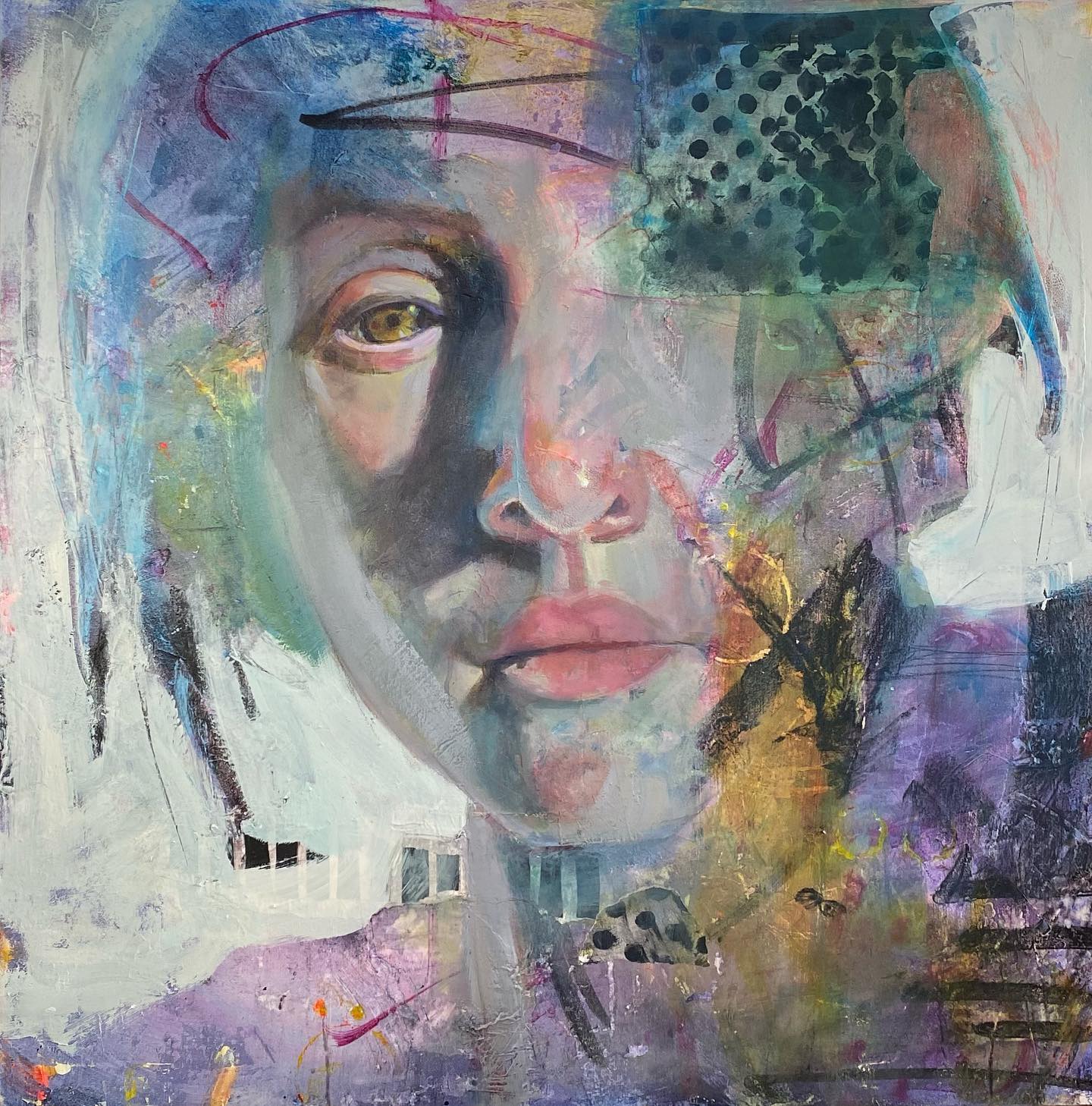
A confession: In Tuesday’s newsletter, I inadvertently misidentified Jean Pederson’s painting in my coverage of the current Transparent Watercolor Society of America (TWSA) exhibition. I showed the artist’s mixed-watermedia painting, Blink. The painting that took an award in the show was actually the transparent watercolor version, Another Blink. Here are a few words from Jean to set the record straight:
“My first love will always be watercolor,” says Jean Pederson.
“Ground from the earth, most early pigments were sedimentary — some more opaque than others. This was before the availability of white paper, so artists needed to be able to add white to their paintings. What they used for white and other opaque colors were similar to what we call gouache.
“Although creating a transparent luminous watercolor can be challenging and indeed beautiful, I’m not sure where the idea came from that a watercolor needed to be transparent. Artists from the past used whatever paints they could get their hands on to produce the best paintings they could.
“Today, manufacturers develop or purchase large batches of pigments. Each batch is divided into smaller quantities that become oil, acrylic, or watercolor paint. I have never bought into the notion that the binder should restrict an artist’s choice of techniques.
“In my work, I have always strived to push watercolors and watermedia beyond what I was told was their limitations. This is how I learn. I like to solve problems and respond to new ideas, to break the rules, learn, and adapt. This is what keeps my work fresh and authentic.”
WHICH BRINGS US TO ANOTHER BLINK

“Concept is important in my work and has grown to include some ideas from quantum mechanics. If time is not linear but rather dimensions happening simultaneously, how could you convey these alternate timelines in one portrait? As author Malcom Gladwell said, our decisions happen in a blink of an eye.
“Blink was painted using transparent and opaque pigments in acrylic as well as collage. Another Blink was a challenge I gave myself to loosely capture Blink using transparent watercolor. The intention was to provide an illusion of opacity and collage where none existed.
“What are your intentions? Do you want to stay with one subject over an extended period of time? Do you want to use only transparent pigments or push the opacity? There isn’t one right or wrong way to go; there is only your intentions and the techniques and paints that will best serve your purpose. Part of that is learning from one medium and applying new experiences to another.
“Choosing transparent paint or integrating opaques into your work is your choice; they are two sides of the same coin. And coins have the same value no matter which side you look at!
“Submitting work to juried exhibitions requires a close reading of the rules to ensure that your painting stays within the required perimeters of transparency in watermedia. Another Blink was a challenging painting to produce in transparent watercolor and complies with the expectations of the TWSA.”
The subjects of Jean Pederson’s portrait paintings reflect different walks of life as well as diverse cultural and religious backgrounds. She says,” We are hard-pressed to find a period in time when the human figure wasn’t represented. Finding a way to express the subject in a language that reflects the twenty-first century is perhaps the greatest challenge in figurative work today.”







